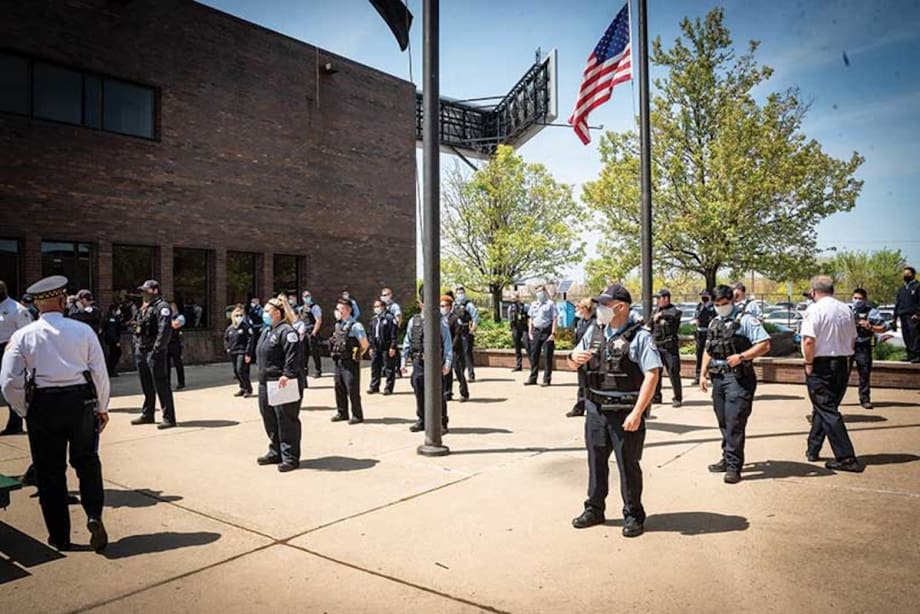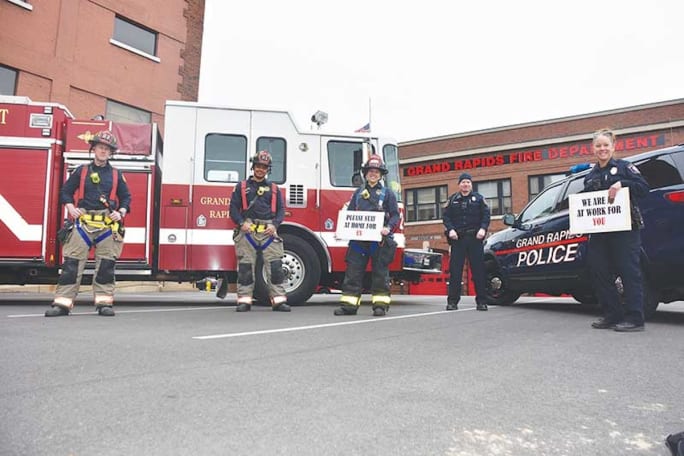All of the sources contacted for this article said their agencies are using Teams for a variety of operations. Chicago, however, faced a major challenge using the streaming meeting platform. Many Sworn officers working in the divisions use desktop computers, and those desktop systems did not have built-in microphones or cameras for video conferencing. “We had to order them,” Khan says. Now the Chicago PD is a Teams power user. “We had a recent large promotion of sergeants and lieutenants and their training was on Teams remotely streaming on laptops,” Khan says.
Another piece of technology that was critical for many law enforcement agencies as the pandemic sent personnel home was virtual private network (VPN) systems. Grand Rapids PD was fortunate, it already had a secure NetMotion Wireless VPN in operation. “It’s on all the time and you can’t access the network without it,” says Schnurstein. “To the user there is nothing different that they have to do. So we could say here you go, be gone. That was only possible because we had the network.” Estes says Charlotte also had adequate VPN capability for the remote workers.
In contrast, there were “growing pains” setting up VPNs in Chicago, according to Khan. The agency used a third-party vendor to set them up and it was overwhelmed with demand. With the number of employees needing the service, it could take a week to get them up and running. Khan says it now takes a day to do the same job.
Officer Distancing Tools
Since the pandemic struck the U.S. in March, POLICE has conducted multiple surveys on how law enforcement agencies are protecting their officers. One of the most common ways is through the virtual roll call. Standard shift briefings are not being held at most agencies.














